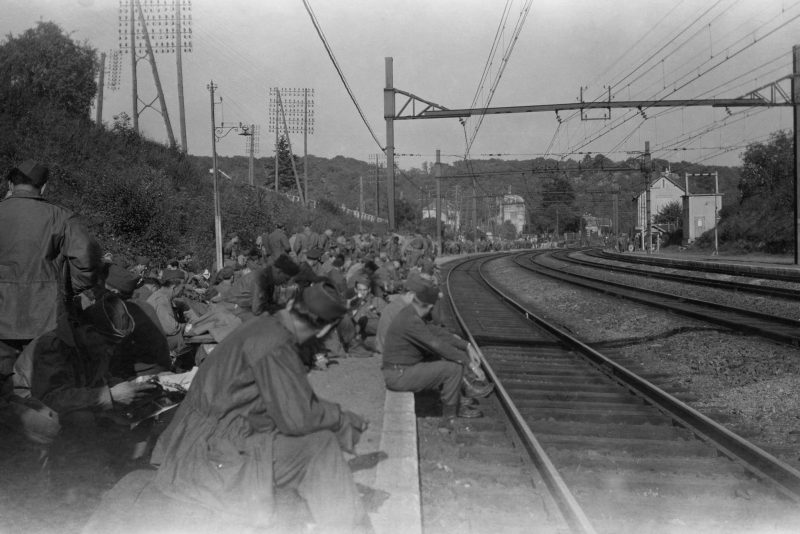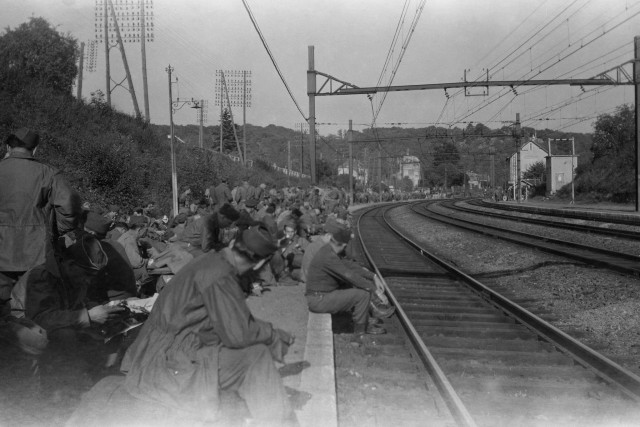The Second World War is considered to be the most filmed and photographed conflict in recorded history. There were photographers with the armies, recording every big or small battle. They filmed and photographed destroyed cities, piles of bodies, scared and shaken citizens and starving holocaust survivors. Among the most watched footage of WW2 is the moment when the atomic bomb was dropped on Hiroshima, causing a gigantic ‘mushroom’ cloud and killing thousands of people in an instant.
Recent researches show that there were far more photographers filming the conflict, but most of the film was either lost during the war or was not developed after the war. The photographer Levi Bettwieser discovered one such amazing set of rolls in 2014. After developing the images, he got an inspiration to create the ‘Rescued Film Project’, paying tribute to the unknown photographer who had filmed these shots during the war.
The Rescued Film Project is a short documentary about the processing of these mysterious rolls. The process in itself was quite an exhilarating experience for him, but when he developed and saw the pictures, he was astonished at his discovery.
This project started a couple of years ago, and was made available for public viewing about six months ago. Levi says that he always had a curiosity about old photographs and that he always tries to get hold of old rolls and process them. But the discovery that he is most proud of happened a couple of years ago, when he found 30 to 40 rolls of film in some old cameras. From that point onwards, he embarked on a journey to painstakingly develop these rolls of film and free the history trapped in them.
Levi was very surprised to see the amazing photographic skills of the Unknown Soldier. It seems as if he took his time and was completely focused on capturing this amazing event of history with his camera.
When he developed the first image and had a good look at it he was extremely happy at his achievement. Those images, he says, took him back in history to the battlefields with the soldiers, the National Geographic reports.
One of the Levi’s favourite pictures is of a religious ceremony of some sort, taking place on the deck of a boat. Everyone else taking part in the ceremony is facing the other way, wearing brown clothing, while a man dressed in white is facing the camera and looking towards the photographer in a mysterious way.
Levi thinks he is not sure if everyone will have the same sense of respect after looking at these pictures, as he does. But he thinks these pictures could clearly give us another dimension of the war, an artist’s dimension. He thinks that every image that photographers capture is a reminder to ourselves that we exist. And these photos travel to the next generation as a testimony of our existence.

